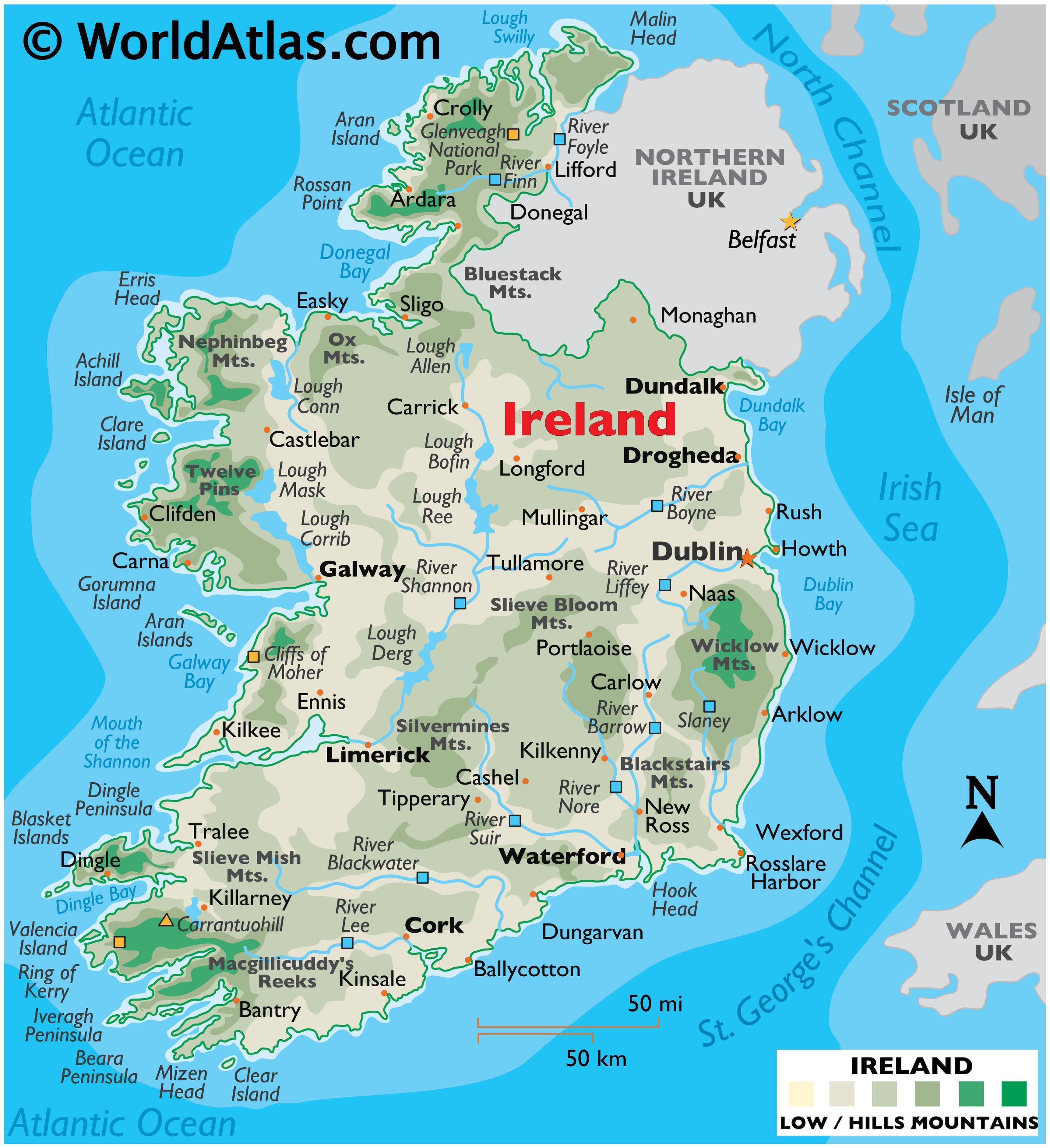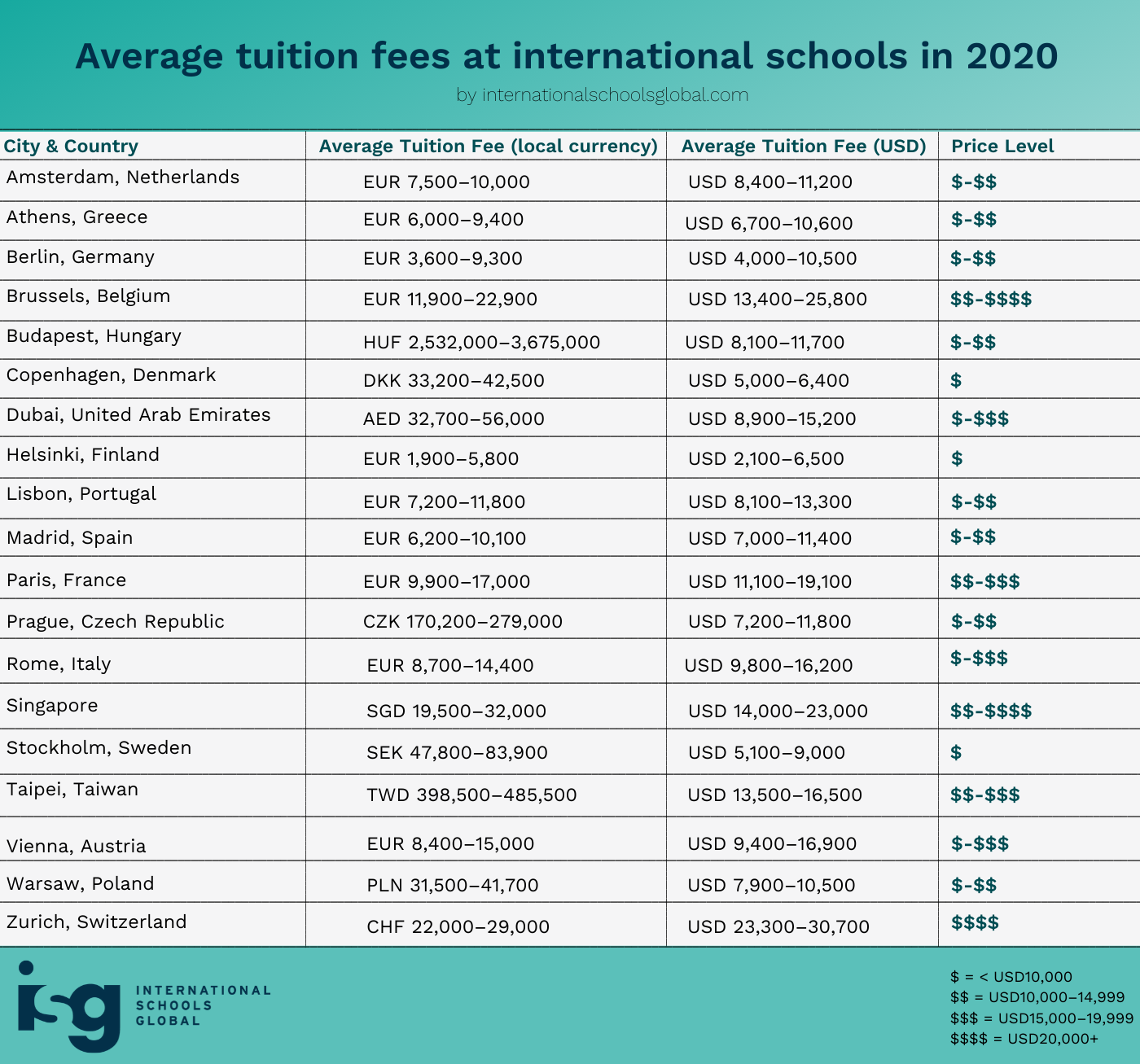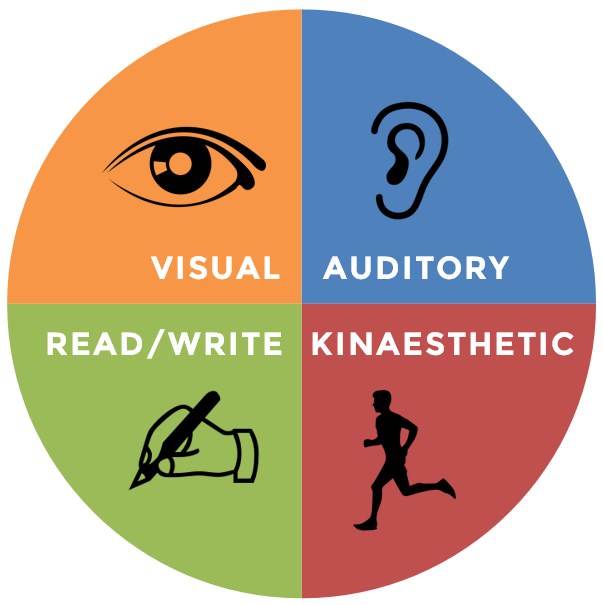
For our last civic issue blog, I wanted to discuss what are the best education systems in the world. I was also curious about the reasoning behind the country’s ranking.
Discussing how they selected the best countries for education, William Russell explains, “Each student was administered tests in math, science, and reading similar to the SAT or ACT exams. These exam scores were later compiled to determine each country’s average score for each of the three subjects. Based on this study, China received the highest scores, followed by Korea, Finland, Hong Kong, Singapore, Canada, New Zealand, Japan, Australia, and the Netherlands”. Test scores are only a portion of the scoring used to rank the countries. So don’t worry, the U.S is still number one.
The WorldPopulationReveiw ranks the U.S education system at the top. They comment on this decision, “Ironically, despite the United States having the best-surveyed education system on the globe, U.S students consistently score lower in math and science than students from many other countries. Discussions about why the United States’ education rankings have fallen by international standards over the past three decades frequently point out that government spending on education has failed to keep up with inflation”. It seems the U.S is ranked at the top, yet if our government fails to keep up with the cost of education, we may not hold that spot for long.

Another source, William Russell, also ranks the U.S school system at the top. Their reasoning was “Being one of the world’s biggest spenders in education, America produces many modern-day CEOs, academics, and artists. America places a strong emphasis on science, business, and technology and, as such, ranks 7th for reading comprehension and 10th for science. Unfortunately, math lets the USA down. The USA is home to five of the top 10 universities in the world (MIT, Stanford, Harvard, Caltech, and Chicago), plus another 23 in the top 100, making it one of the best countries for higher education.” It seems that the American value of education and our focus areas give us a competitive advantage.
New Zealand was another top country to make the list. “New Zealand is in the best in the world for reading comprehension and science, and in the top 20 for mathematics. In fact, academic performance is so high in New Zealand that it also has the 8th best completion rate for secondary education. New Zealand has high education spending. They keep class sizes among the smallest in the world, while also keeping teachers’ salaries above average” (William Russell). With small class sizes and well-compensated teachers, it is no wonder New Zealand’s educational system helps students succeed.
Next on the list is Ireland. “Ireland comes a respectable 14th in the world for mathematics and 18th for science, but its reading comprehension is ranked second in the whole world. And, while class sizes in Ireland are on the larger side, Irish teachers benefit from some of the highest salaries in the world” (William Russell). Contradicting New Zealand’s small class sizes, Ireland still values its teachers, and it pays off. It seems that a trend of valuing teachers leads to better success in the classroom.

Ireland is followed by Germany. “With the highest proportion of college graduates, Germany produces some of the world’s best-educated people. Germany spends big on education, and this is reflected in its beautifully-designed school buildings and its top-of-the-range facilities. Class sizes in Germany are typically fairly small and teachers are treated like royalty, receiving the second-highest teaching salaries in the world. Germany misses out on the top 10 spots for all metrics of secondary performance, coming 12th for science, 13th for reading, and 15th for mathematics. Germany also sees a high drop-out rate, with only around three-quarters of people completing secondary education” (William Russell). Germany made my head scratch. It produces the highest portion of college graduates, yet this country has a big dropout rate. I doubt Germany will be able to keep its top ranking for long.
There were some honorable mentions. Poland ranks high in test scores and requires education until 18 years of age. Another high-ranking country is Canada. Here, test scores are high, teachers are among the top paid, and the points-based system prioritizes university graduates, which persuades many Canadian students to continue their education. There is also South Korea, which is obsessed with education. With top scores, students are extremely competitive. South Korea is home to the world’s most educated population. Japan is very similar to South Korea. In this country, there are private evening schools many students attend to practice for tests.
Overall, there were some major repeating themes among the top countries for education. First, test scores give major weight. In a time period where the pandemic has made many of us question if we should get rid of testing, it seems contradictory since it has a high value in the ratings. Second, the best countries have the highest-paid and well-respected teachers. Who knew that letting teachers take charge of the classroom and treating them well would help students succeed. In the end, it seems that countries that value education the most have the highest ranking.


:max_bytes(150000):strip_icc()/iStock-1218535471-f2aa125651604c69b3b5ef43d036427d.jpg)






